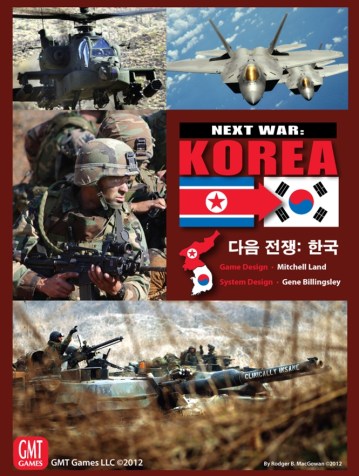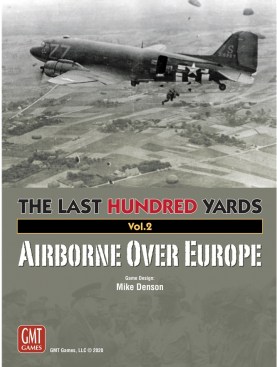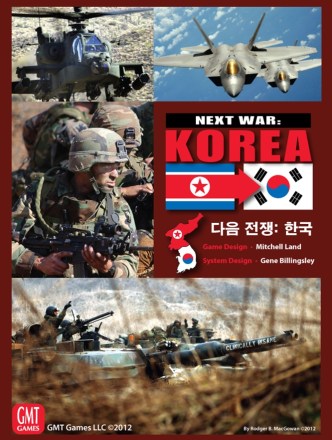Introduction
In the last article we introduced some of the main modeling choices in
Vijayanagara, in particular the concepts of Tributary and Independent Provinces, and Obedient and Rebelling Units.
Having identified three major actors in the region during this period of Indian history, we set out to identify the central features representing their distinct goals and their asymmetric means of attaining them. The game is won by the player whose Faction’s victory condition is highest at the end of the game, with ties broken by comparing Resources. (A second, optional tie-breaker is a short match of Aadu Huli Aata, an ancient asymmetric hunting game found etched into temples where Vijayanagara once stood. This will be the topic of another article, and a copy of the game will be contained in the
Vijayanagara box.)
Each faction in the game has a set of standard Commands and special Decrees which they may choose at different times in the game. We will now explore the unique goals and actions available to each faction in turn.
Like this:
Like Loading...










